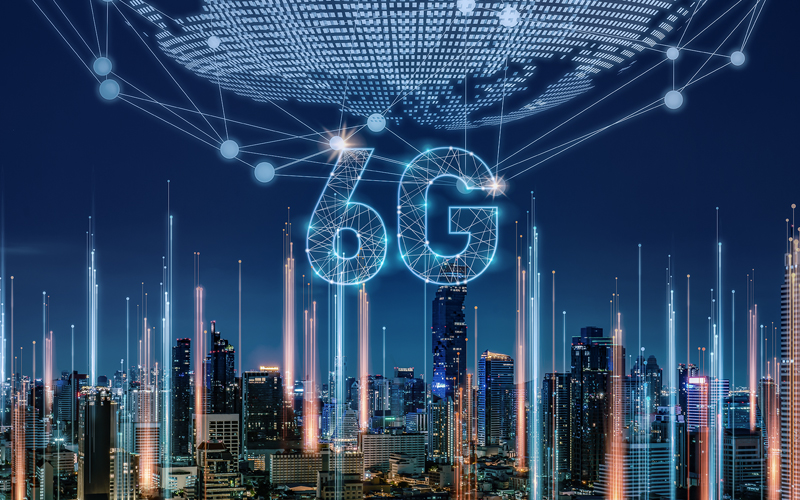The most exciting thing about the increased adoption of 5G beyond faster broadband or wireless, is the ability to create hybrid terrestrial/non-terrestrial networks. For the first time, non-terrestrial networks (NTNs) such as low-earth-orbit (LEO) satellites will be fully integrated into terrestrial networks to create and extend hybrid terrestrial/non-terrestrial 5G mobile infrastructures to serve enterprises and consumers.
The seamless integration of NTNs into carrier networks is the result of foresight and hard work on the part of the satellite industry. The industry was at the table contributing and influencing 5G standards early on, paving the way for an unprecedented level of satellite/terrestrial integration. These hybrid networks will unlock new market opportunities for both industries.
According to the analyst firm Northern Sky Research, SATCOM is expected to capture $162 Billion in 2021-31 cumulative service revenues, according to NSR’s 5G via Satellite, 3rd Edition report.
That said, technology never stands still. Surprising as it may sound with 5G still in early adoption, it is already time to start planning for 6G. Analysts estimate that standardization efforts will start in 2027 and early deployments could begin in 2030. The satellite industry must replicate its standards success model from 5G to ensure that 6G NTNs reach their full potential.
Why 6G?
Now the satellite industry should work to influence 6G standards just as it did with 5G.
New experiences like the Metaverse will require that technologies work together in a more integrated way than they do today, sometimes referred to as “network compute fibre.” The smartphone may not be the primary connection device soon as VR devices and even machine-brain interfaces become more common.
Another driver for 6G will be the continued adoption of autonomous systems and applications. These applications include transportation, agriculture, eHealth, robotics, distributed sensing and communications. All of these applications and systems will require ultra-reliable, low latency, high bandwidth communications to operate. These will then push the envelope even further to hybrid networking between terrestrial and NTNs specifically for 5G and 6G mobility technologies.
Evolving Standards
The 3rd Generation Partnership Project (3GPP) has not established a specific agenda for 6G yet but an evolution timeline can be assumed. The current 3GPP 5G, Release 17, introduced more 5G support for satellite communications. It includes two projects, the first focusing on satellite backhaul communications and direct low data rate services for handhelds, and the second adapting enhanced machine type communication (eMTC)/narrow band (NB)-IoT operation to satellite communications.
The integration of LEO networks for backhaul is critical for the equitable distribution of broadband throughput and latency improvements. Mobile network operators (MNOs) and Internet Service Providers (ISPs) want to bridge the global “digital divide,” but until recently backhaul and network deployment for most connectivity infrastructure has been too difficult or expensive to implement. Low latency, high throughput enterprise-class LEO networks change the dynamics and will greatly improve the rollout of 5G networks in areas that were not technically or economically feasible. The key is to continue to work closely with the mobile standards community to make sure that NTNs continue to advance and stay compatible with 6G and future mobile standards.
The Road Ahead
Some industry experts think 6G does not represent as big of an architectural change as 5G does. 6G is expected to be part of Release 21 in about four years. Building on its 5G success, the satellite industry needs to keep focusing on how it adds value to upcoming advanced networks and influence the 6G ecosystem to make sure those capabilities are included in the standards.
Thanks to its participation in early 5G discussions, satellite connectivity is for the first-time part of the standard. The fact that enterprise-class LEO platforms are now part of the discussion among Telcos is a paradigm shift for the future of mobile communications, creating opportunities for ubiquitous connectivity services, stronger security offers and enhanced resiliency.
5G has connected space and terrestrial networks and given them a common future. The satellite industry must now ensure that 6G continues their integration. The industry must replicate its successful model of 5G participation for 6G, ensuring the continued development of hybrid networks and advanced services.



